#ermine moth
Explore tagged Tumblr posts
Text




ೃ༄ੈ✩‧₊˚
#nature#hedge#web#cocoon#tent caterpillar#tent caterpillar web#ermine moth#moth#caterpillar#yponomeuta cagnagella#frinstead#england#flickr#oldweb#old web#2006
501 notes
·
View notes
Text
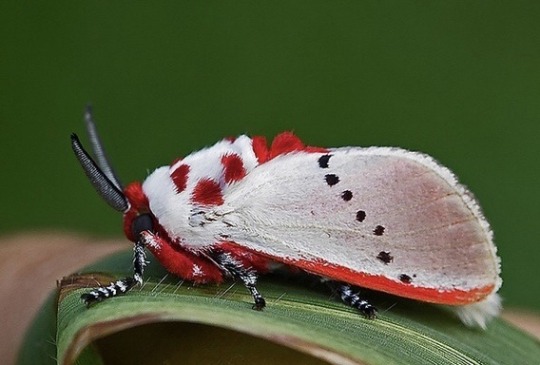
Rosy Ermine Moth aka Peppermint Moth (Trosia nigropunctigera), family Megalopygidae, found it in the cloud forests of northwestern South America
Photograph by Emir Filho
1K notes
·
View notes
Text
@jambrandwich submitted: The spookytree chronicles continue!




Look at all these babies!
That's so many children I hope they're all having a nice time in there
302 notes
·
View notes
Text
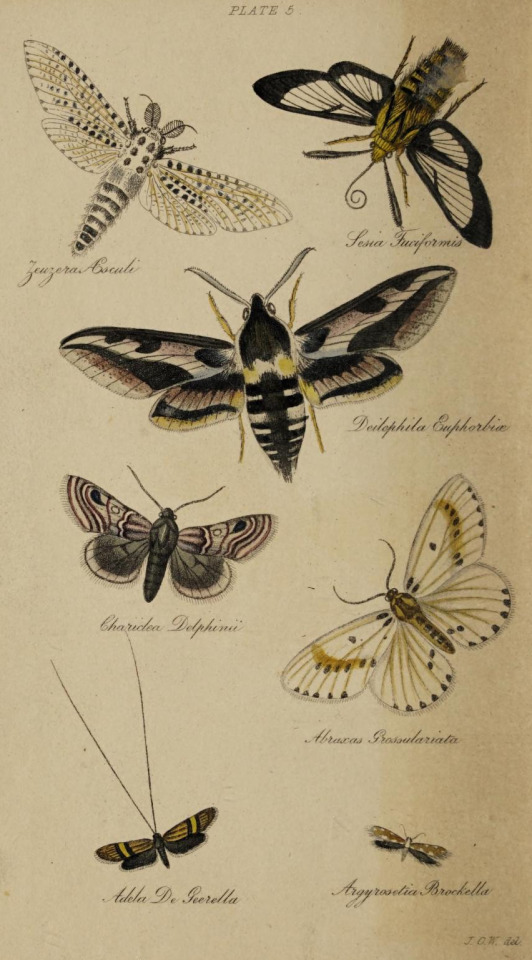
The Entomologist's Text Book. Written and illustrated by John Obadiah Westwood. 1838.
Internet Archive
Leopard moth (Zeuzera pyrina)
Broad-bordered bee hawk-moth (Hemaris fuciformis)
Spurge hawk-moth (Hyles euphorbiae)
Pease blossom (Periphanes delphinii)
Magpie moth (Abraxas grossulariata)
Longhorn moth (Nemophora degeerella)
(Argyresthia brockeella) (no known common name)
#bugs#insects#moths#leopard moths#sphinx moths#broad-bordered bee hawk-moth#spurge hawk-moth#owlet moths#pease blossom#geometer moths#magpie moth#fairy longhorn moths#longhorn moth#ermine moth#John Obadiah Westwood
193 notes
·
View notes
Text




An American Ermine Moth (Yponomeuta multipunctella) on it's primary host plant, American Strawberry Bush (Euonymus americanus). Gray days always frustrate my camera and myself...lol
#nature#my photography#ermine moth#nature photography#moth#backyard nature#insect#wildlife photography#woodlot
18 notes
·
View notes
Text

An ermine ermine moth, and their ermine ermine caterpillar.
6 notes
·
View notes
Text
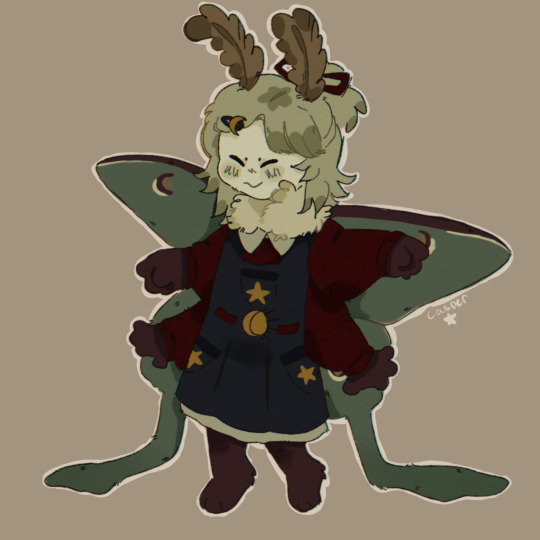
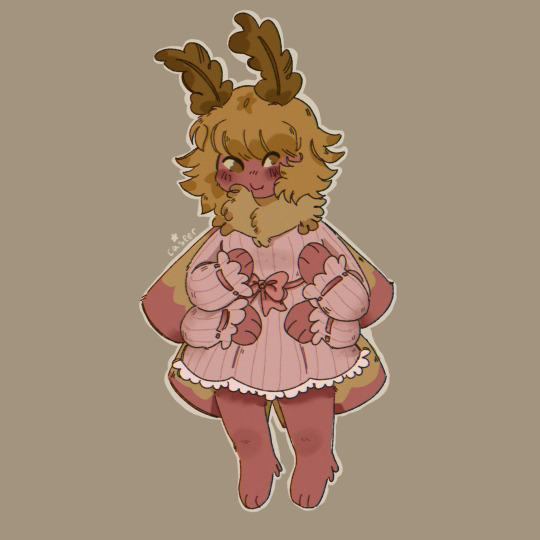
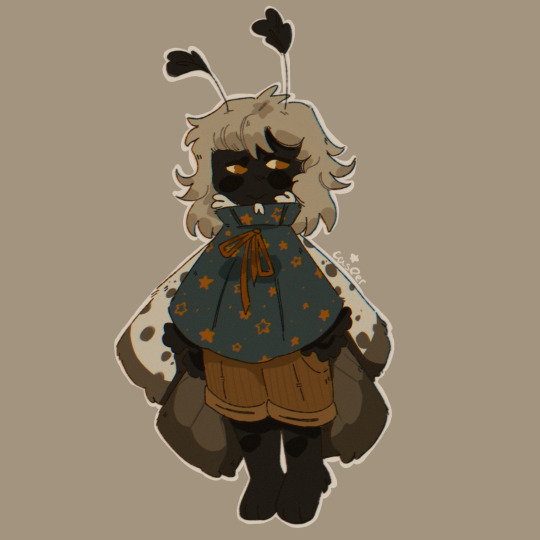
back on the critter grind, this time with moths eheheh super happy with these
#artists on tumblr#digital artist#art#oc artist#furry artist#illustration#original character#luna moth#lunar moth#rosy maple moth#ermine moth#moth character#moth creature#furry drawing#furry art#furry fanart#silly little guy#critters
41 notes
·
View notes
Text


Gespinstmotten fliegen je nach Art zwischen Juni und August. Dann legen die Insekten ihre Eigelege zahlreich in die für sie typisch dachziegelartige Anordnung auf Zweigen und jungen Trieben der betroffenen Gewächse ab.


Daraufhin überziehen die kleinen Raupen die Bäume und Sträucher mit feinen, silbrigen Gespinsten, um sich vor Fressfeinden wie Vögeln oder Witterungseinflüssen wie starkem Regen zu schützen. In den Gespinsten leben bis zu Hunderte von Larven, die mit großem Appetit die Bäume leer fressen. Anschließend verpuppen sich die Schädlinge von Anfang bis Mitte Juni im Schutz des Gespinstes.

Etwa zwei Wochen später fliegen die ersten adulten Falter.
6 notes
·
View notes
Note
do you associate a moth with dee
oooh good question





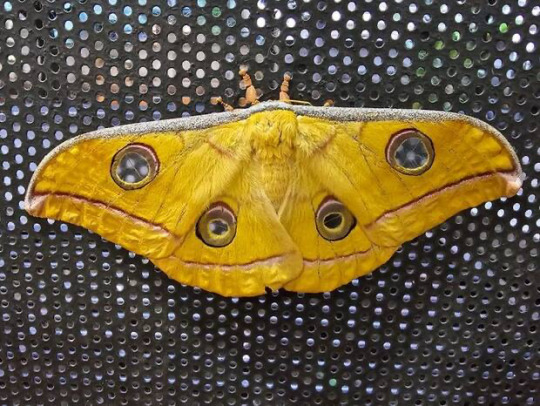
#NOT MY PICTURES - i never know the etiquette for that with bugs i just got these off google images#from top to bottom:#ermine moth#plume moth#japanese oak silk moth (i think?)#iasip#dee reynolds#anon ask
16 notes
·
View notes
Text
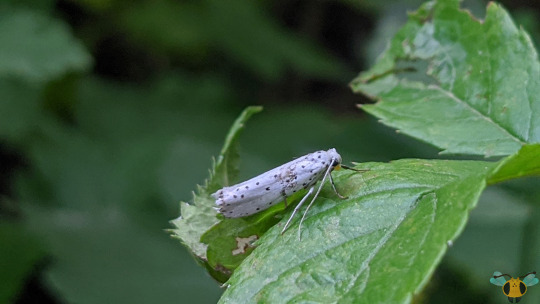

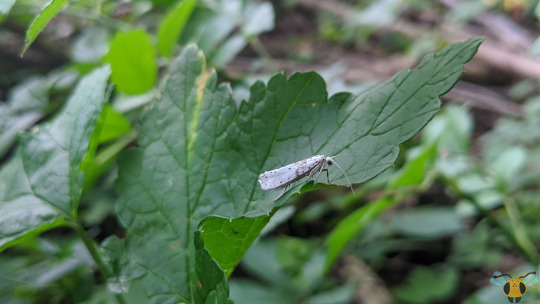
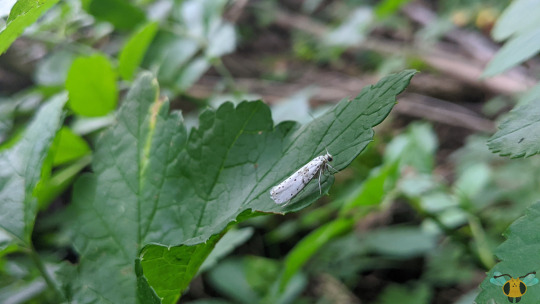





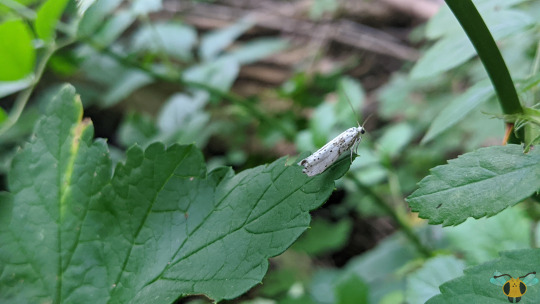
Yponomeuta Ermine Moth - Yponomeuta sp.
Though this little spotted ghost of the forest appears plain, it has many secrets to share as knowledge. Though it appears all clad in white wings, it was surprising to learn that the hindwing is a sandy grey color, as is a majority of its body (not the head). In flight, this Moth can emit clicking noises to deter flying predators such as bats from consuming it during nocturnal flight. The clicking isn't meant to interfere with a bat's echolocation; it serves as a broadcasted warning that this Lepidopteran is toxic to eat! The hungry bat will have to (eventually) learn to associate the clicking noise with the bad taste for the deterrent to work. The reason behind the Moth's toxicity comes from the consumption of its host plant - European spindle - during its time as a Caterpillar. Though their toxin is noxious to mammals, some hunting insects don't seem to mind. This individual may have encounter such a hunter as it appears to be missing its hindlegs. Typically the hindlegs are beneath the abdomen to support the insect's weight and maintain balance and also keep them out of sight. This individual however, has lost its right hindleg, and presents the illusion of 4 legs to an eager photographer. But now, how to identify this insect successfully? At first glance, you might feel inclined to look at the spots on the wings to try and make an identification. Like a ghost, this insect isn't seen very often (during the day) and is even trickier to positively identify.
The North American Moths of the Yponomeuta genus (the 'y' is pronounced as an 'ee') are near-impossible to distinguish from each other without a thorough inspection. It's reported that due to variability and inconsistencies, spot number and general placement isn't helpful...and I learned that the hard way for this little ghost. The best way to conclusively determine which Yponomeuta specie you've found is to examine the genitalia under magnification. This method is a common practice in entomology with caught specimens, but it isn't something a photographer or an everyday insect enthusiast might be able to do. Something that may hold some promise for a successful identification is the entire arrangement of spots (i.e. the whole pattern) across the wings (and body). Comparing the individual found here to successful photo identifications, there's a possibility that this Moth is the Spindle Moth (Y. cagnagella) given the spot arrangement (especially at the thorax and the edge of the wing), spot density and the yellow mouth. While I can't say for certain, discovering Spindle Moth Caterpillars in 2021 and 2022 in the same woods is very promising for my educated guess. Finding the host plant would be the best way to confirm the identify of this Moth, particularly as different Yponomeuta Ermine Moths use a range of spindles as their host. During the summer of 2024, I'll see what can be found in the woods.
Pictures were taken on August 27, 2020 with a Google Pixel 4. For additional information on Yponomeuta Moths, I recommend reading this paper by Menken et al (1992) as a comprehensive starting point.
#jonny’s insect catalogue#ontario insect#moth#yponomeuta ermine moth#yponomeuta#ermine moth#spindle moth#lepidoptera#insect#toronto#august2020#2020#nature#entomology#unidentified#invertebrates#arthropods#animals#photography
6 notes
·
View notes
Text
Follow up from yesterday, this ermine moth hasn't moved at all a day later. Its rotated slightly so at least it's alive.
3 notes
·
View notes
Text



Here is one of my favorite ocs I made her name is Naomi, she’s a half moth half human creature. I add her into different shows I’m into bc why not
#oc#Naomi#digital art#idk#lmao#help idk how to tag#lol#art#balls#I love her sm#hybrid#moth#ermine moth#oc art
0 notes
Text
@jambrandwich submitted: No storytime this time! Just an update on the moth babies!
First of all, the tree has fully recovered from the spookification! Still silk, but now... leaves! To the right is when I checked on the babbies two weeks ago. All puppies.


But when I checked on them today: HOLY GOSH! Them moth babies be babies no more! Cruella coats everywhere!
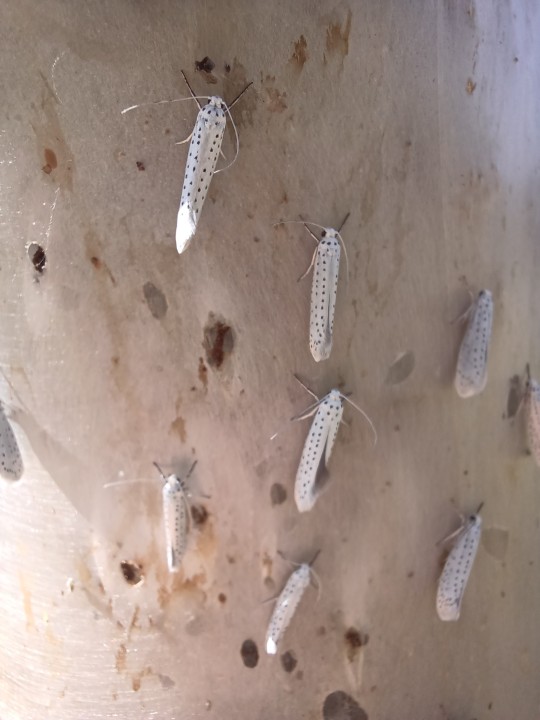


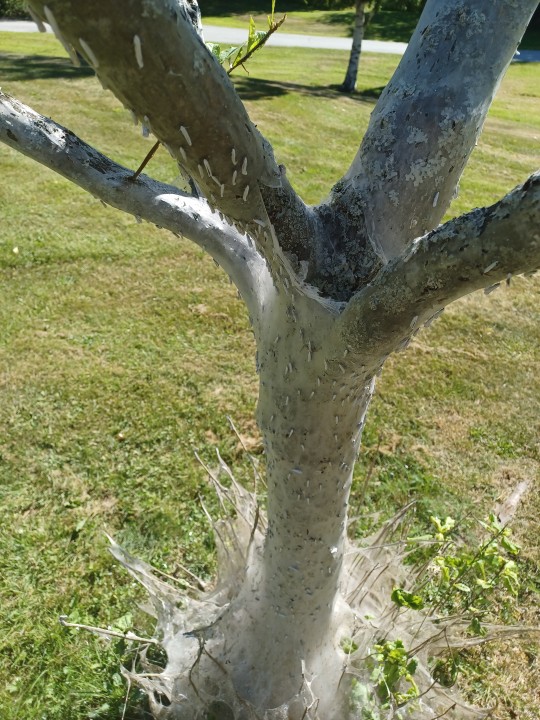
There's no overstating just how many moths there were! There were about as many in the grass below as were in the tree! And about twenty of them were on ME! Mad!
Also, did ya know... tiny feet crawling across your nose and eyebrow tickles A LOT!?

Culprit!
Ahhh the children are off to their adult lives! I'm so proud of them. Also glad the tree bounced back, they usually do. And little tiny moth feet DO tickle. Very cute. I wish them all very happy moth lives!
262 notes
·
View notes
Text

White ermine/prickig tigerspinnare. Värmland, Sweden (July 19, 2015).
393 notes
·
View notes
Text
Moth Of The Day #252
Rosy Ermine Moth
Trosia nigropunctigera
From the megalopygidae family. They have a wingspan of about 34 mm. They mainly inhabit rainforests. They can be found in Costa Rica, Panama, Colombia, Venezuela, Guyana, Ecuador and Peru.


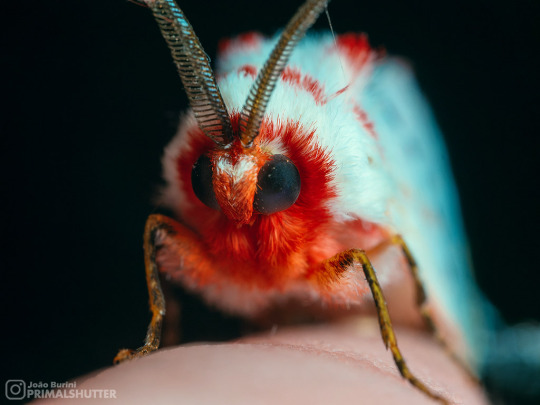
Image sources: [1] [2] [3]
#moth#moths#lepidopterology#lepidoptera#nature#pretty moth#bugs#insect#moth of the day#motd#lepidoptery#entomology#bug#insects#bugblr#beautiful moth#rosy ermine#rosy ermine moth#trosia nigropunctigera#megalopygidae#megalopygidae moth
661 notes
·
View notes
Text
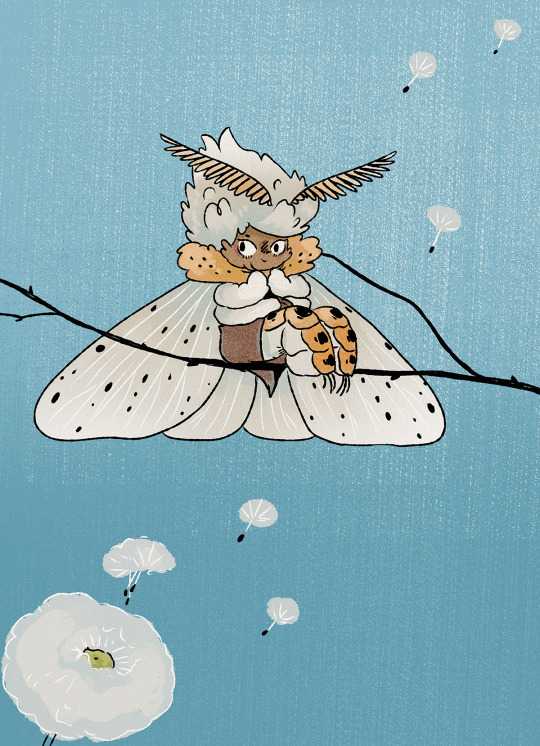
My mothtober drawings return! Catching up with day 7, the White Ermine Moth!
402 notes
·
View notes